11 : Troy’s Cult Stelai
Some Bronze Age settlements are associated with iconic stone sculptures.
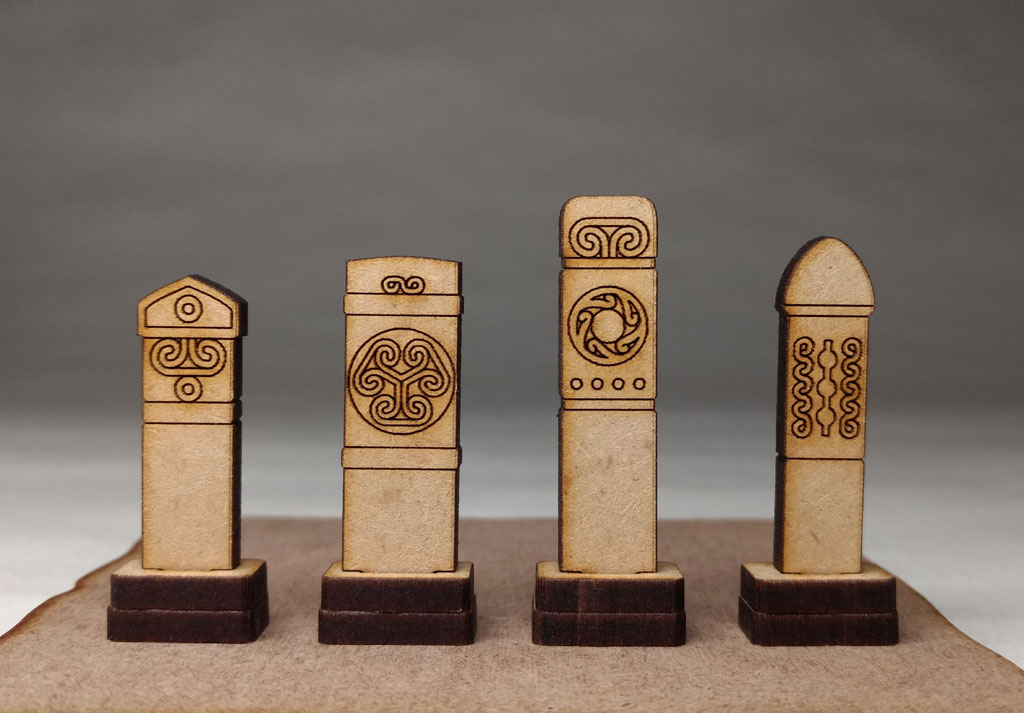
Crete’s Knossos has its ‘Horns of Consecration’ – stylised bull’s horns – and Mycenae has its lions over the citadel’s gateway – just bodies of lions in actual fact, their missing heads could equally well have been sphinxes’ or griffins’. It’s tempting to associate the horse with Troy but, actually, Troy has no known emblem associated with it. However, there are some interesting clues.
Immediately in front of Troy’s South Tower stood several stone stelai. Unfortunately, only their foundations remain. There were at least four of these freestanding upright slabs but there were possibly six originally.
A stele is a standing stone slab typically bearing a commemorative inscription or relief design. These standing stones often served as grave markers. However, they were also used for dedication, commemoration and demarcation. As such, it is believed that the ones standing so near the principal gateway of Troy’s citadel were part of an ancient gateway cult that was quite typical of Anatolian cultures. The stelai are, therefore, closely associated with Troy’s South Gate. And any model of the South Gate and Tower just has to include them!
Alongside our reduced-footprint model of the South Tower, four stones – never mind six – look just fine. We only get a slight impression of what they would have looked like from what remains of their bases. Manfred Korfmann, who led the excavations at Hisarlik for many years, believed the stones were as tall as the height of a man. I based my designs primarily on the fragments of stelai found in the shaft graves at Mycenae, especially their spiral designs, but I was also influenced by the styles of later Greek stelai.
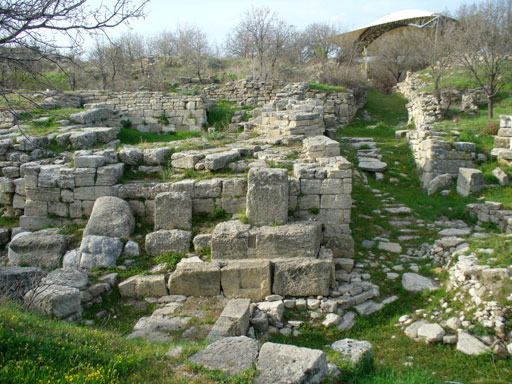

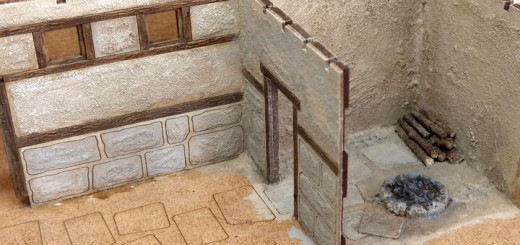

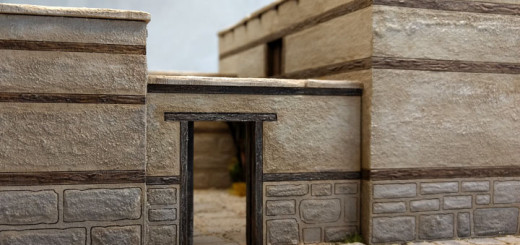
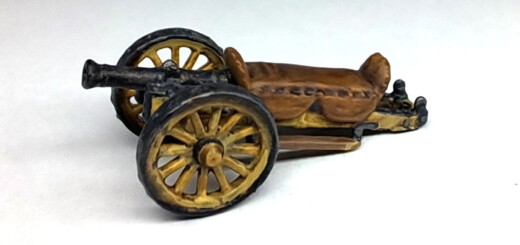
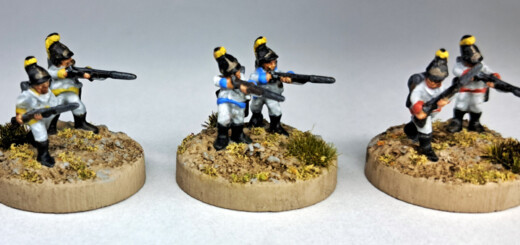

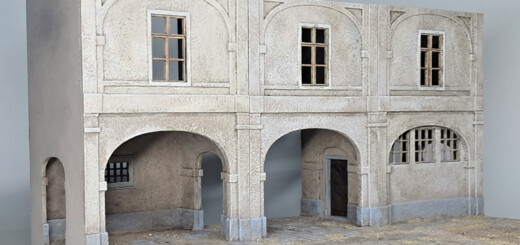
RECENT COMMENTS